This Kanesaka branch is in a basement in the Ginza, here since 2000; there is also a younger sister branch in the Palace Hotel, and one in Singapore. This shop has trained some fine chefs that have gone on to run their own successful places, including Sushi Saito. Chef Shinji Kanesaka originally started training at Kyubei and after five years at the tender age of 23 he became the youngest employee to stand behind the counter to serve sushi to customers. Five years later he opened his first restaurant. His tableware is from a famous artist called Kitaoji Rosanjin, which is rare and extremely expensive. Apparently he spends much of his savings on the tableware. Seats are arrayed in an L shape around a cypress wood counter, with the chef preparing everything in front of the diners, though there is a little kitchen tucked away behind the scenes to prepare grilled items. There were actually two linked counters, with half a dozen guests being served in our section.
The meal began with a series of appetisers. Little sweet shrimps with sea urchin were a pleasing way to begin the evening, followed by hairy crab from Hokkaido, which had good natural sweetness. Snapper sashimi followed, then cooked flounder that was removed, steaming hot, from metal skewers. The chef didn’t use gloves to pick up the hot steel skewers, so I presume that his hands are made from asbestos. The best appetiser was bonito sashimi topped with spring onions and a little mustard, the fish beautifully silky in texture. The final appetiser was anago or seawater eel with a little chilli paste, which was quite spicy and went well with the eel.
The sushi sequence now began. The chef gets his rice from Yamagata prefecture, and the shari (the balls of rice that support the toppings, or “neta”) held together nicely, the rice lightly seasoned with red vinegar and salt, but no sugar. The sequence started with excellent amberjack, followed by akami lean tuna and chutoro, the semi-fatty tuna. Squid was tender, followed by a tiger prawn and then very good herring. My personal favourite horse mackerel was next, and then very good anago with a rich soy sauce brushed onto it. Finally there was a trio of tuna rolls, and tomago, the egg omelette that is the traditional conclusion to a sushi meal.
The chef was very friendly, speaking excellent English and chatting and joking with his customers. It was nice to experience such a welcoming atmosphere, as some high-end sushi chefs in Japan can be rather austere and forbidding. The bill came to ¥31,860 (£237) per person, with beer to drink. This was an excellent overall experience, the sushi of high quality and the chef seeming very genuine and charming. This is no longer the most fashionable sushi place in Tokyo, so you can actually get a reservation here without going to extraordinary lengths, but I thought that it was really good and would happily return. The only real issue is the price, but then high quality sushi is inherently expensive.


























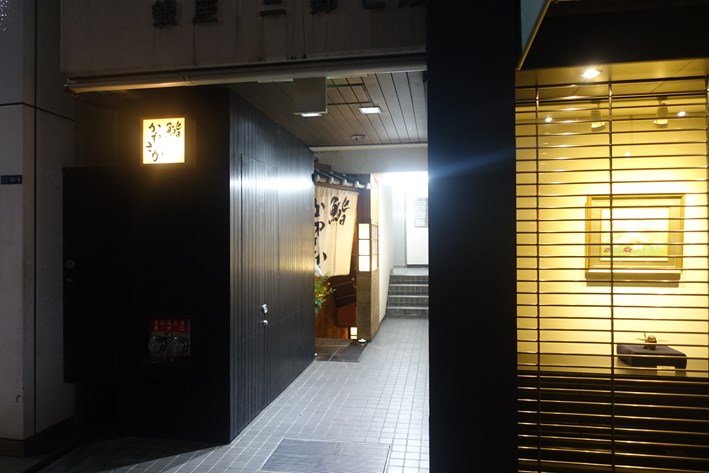

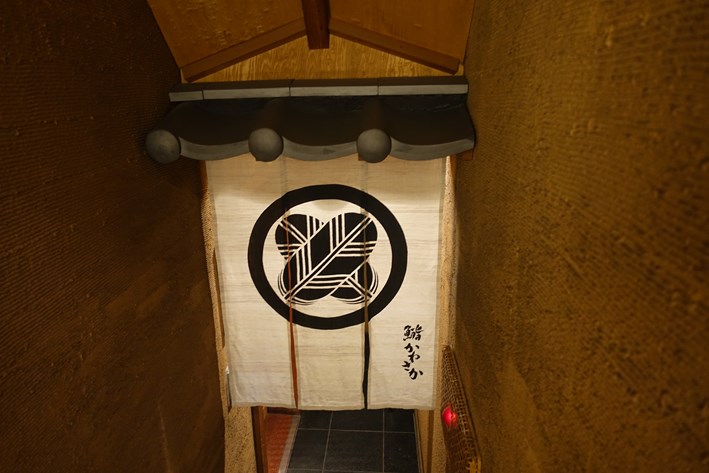
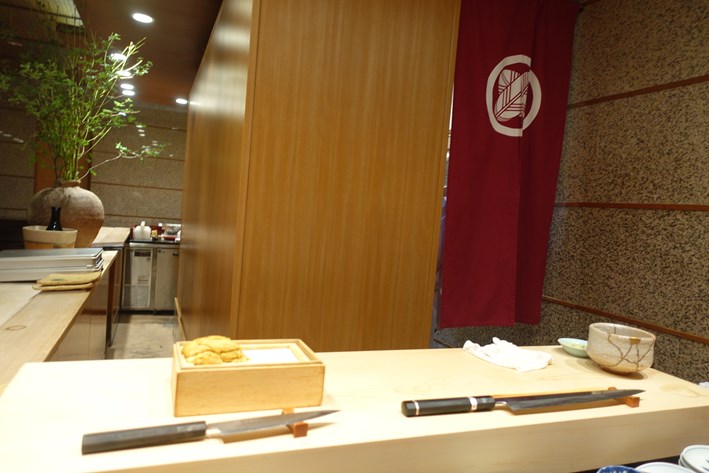
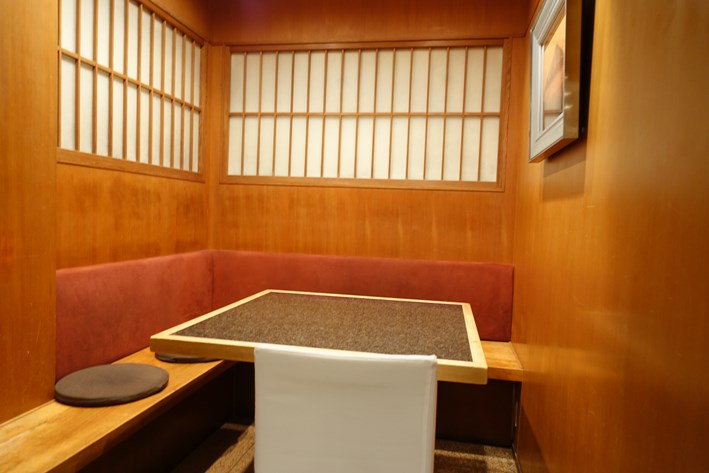



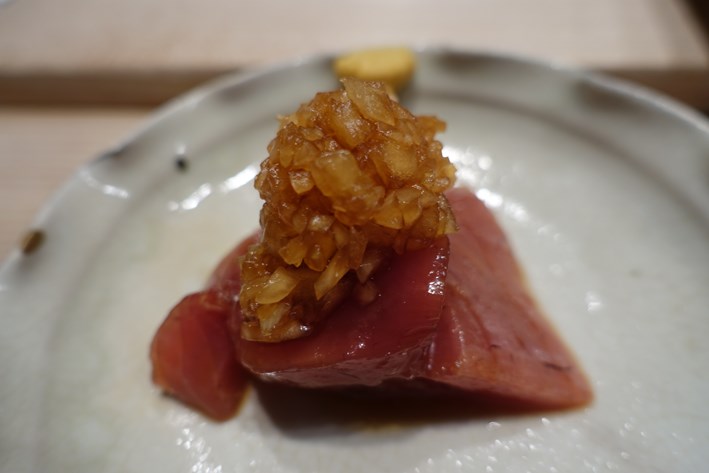

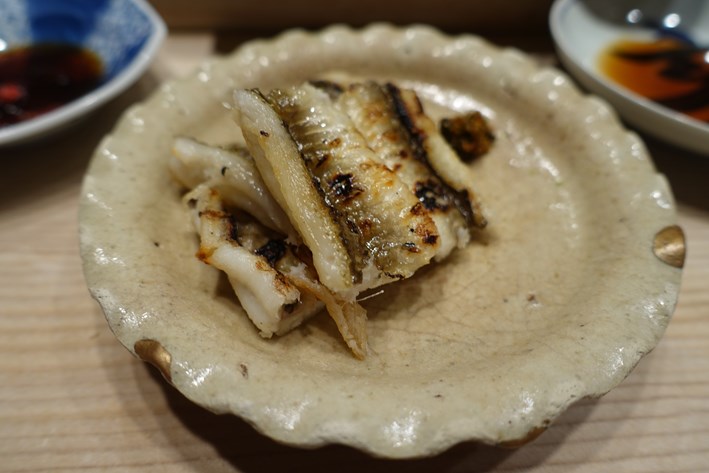

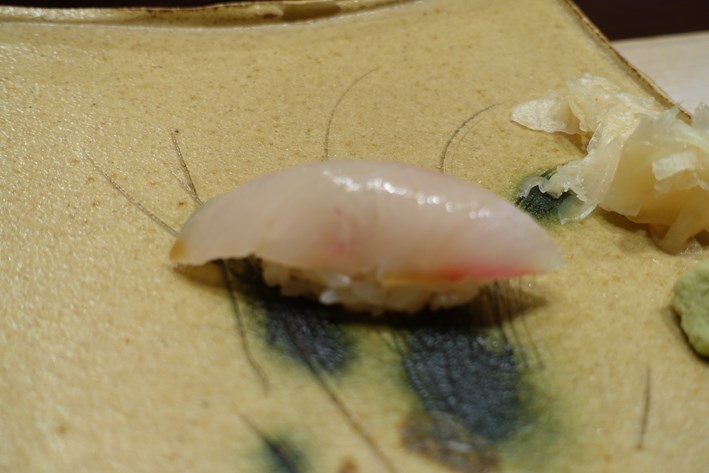
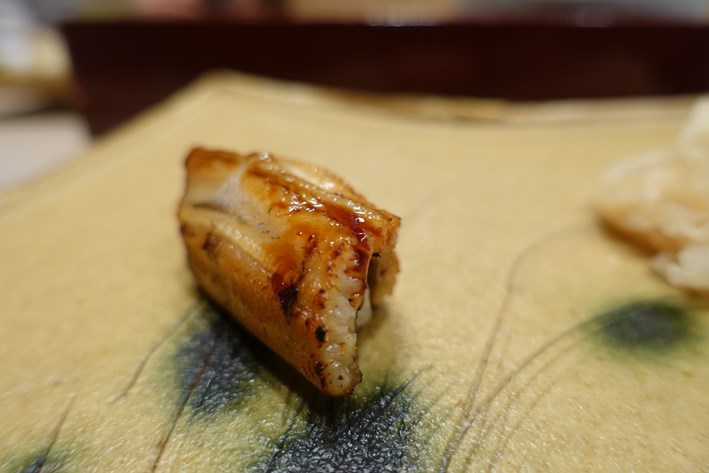
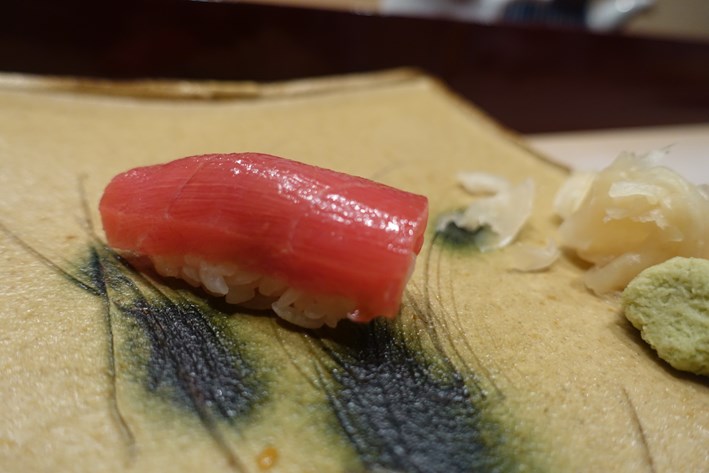
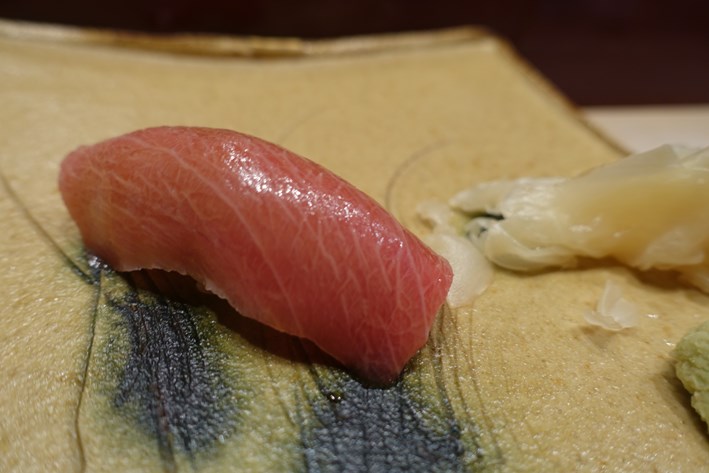

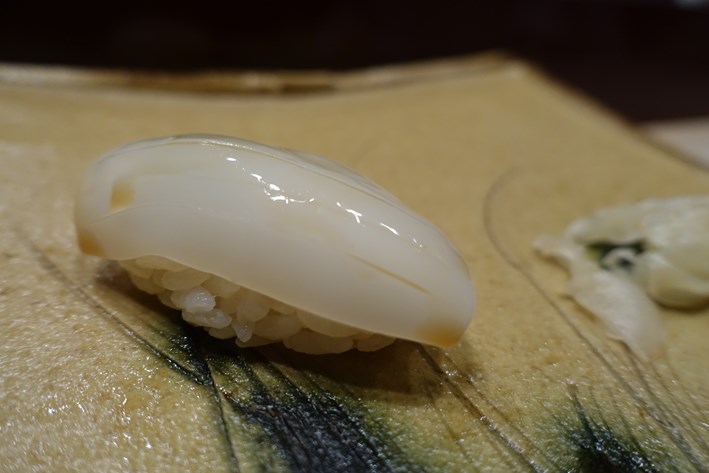
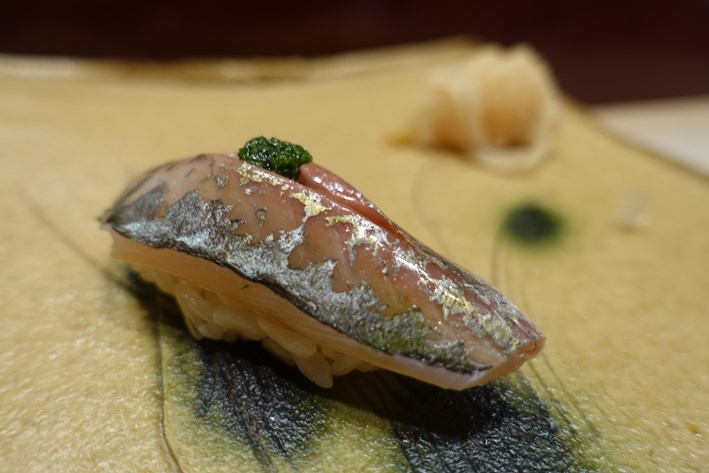

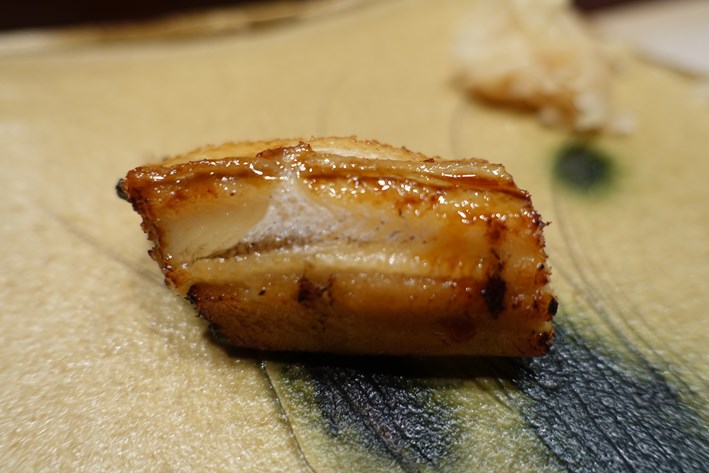


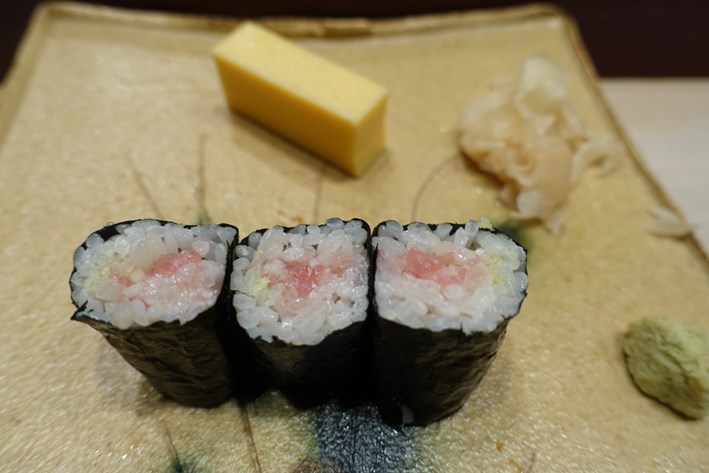
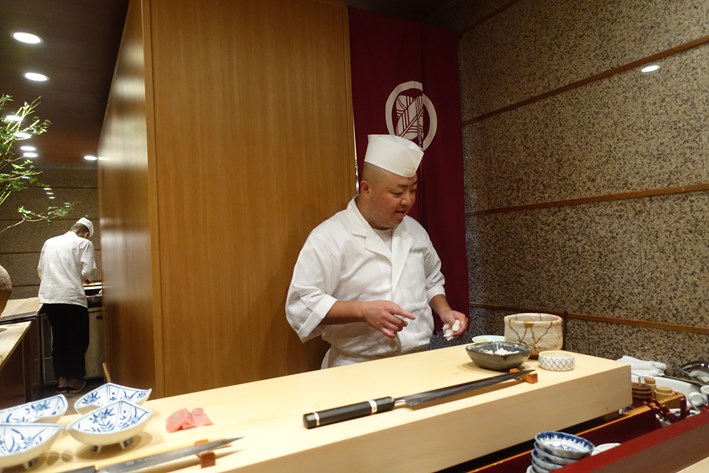

Tad
Have visitied many times over the years, the set lunch omakase is very reasonably priced at 5000 yen (£35), 10,000 yen (£70) or 15,000 yen (£105) options for such outstanding quality.